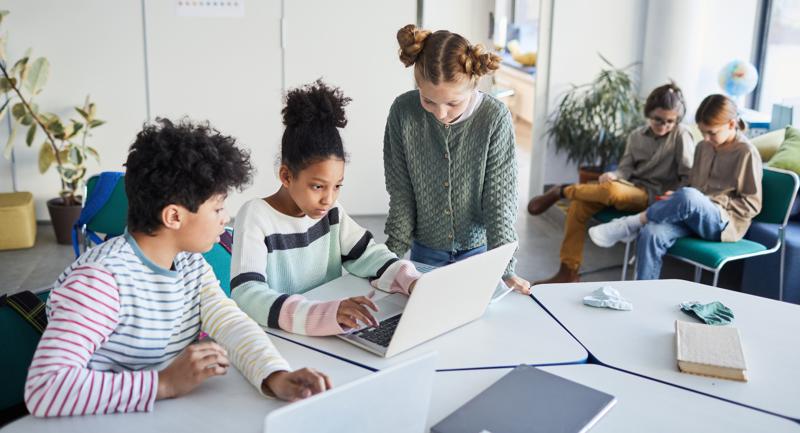In the wake of the COVID-19 pandemic, it's hard to imagine what the 2020–21 school year will bring. We don't have to simply return to the way schools used to be; we can seize the opportunity to make schools what they could be.
The flexibility and innovation needed to support a school's critical academic, social-emotional, and custodial functions requires school leaders to acquire and apply new knowledge, skills, and capacities in their planning and decision making.
Seize the Opportunity
For the good of public health, many of the entrenched elements of failing educational systems (for example, large class sizes) cannot continue. With no choice but to re-imagine the system, we can tailor nearly every aspect of our school to individual students' academic needs, especially those for whom the "typical" school experience just did not work. Social distancing means smaller classes and the potential for a higher level of engagement and relationship building between supportive adults and the students who desperately need these interactions.
Prioritize Public Health
Understand the public health mandates your school must do as a result of the pandemic. These range from pivoting to remote learning to integrating social distancing and sanitation practices into the daily operations of the school.
Initiate Change
What are the opportunities for making your school what it could be in terms of academic performance, climate and culture, and safety? Imagine a typical cafeteria with 500 students jammed together and a couple harried teachers "supervising" while they grade papers. This not only creates a problem for social distancing, but also highlights challenges with supervision and emergency evacuation, makes it easier for students who are in crisis to get lost in the crowd, and perpetuates a rigid schedule with no time for students to meet with mentors and tutors or make up work.
Now, turn that lunch period on its head. An atypical, fluid schedule provides opportunities for smaller groups, more diverse interactions with adults and peers, more options for students' time, and a higher level of supervision for all students—all with social distancing in mind.
Facilitate Recovery
Assess the impact and trauma of spring 2020 on students and staff and provide targeted supports to assist in recovery. While everyone was in the same boat, the intensity of the storm varied. Students had vastly different academic experiences, creating even more significant achievement gaps. Home situations ranged from boredom to illness to tragedy and violence.
Reopen and Reimagine
Schools typically plan for a static and uninterrupted future. Administrators and athletic directors schedule five-year rotations of games. Principals schedule graduations, open houses, and other milestones years in advance. Teachers unions create master calendars with fixed vacation dates, parent conference days, and daily operations. The school year has a familiar structure that provides certainty, but it also creates a suffocating sameness that stifles innovation, prevents us from responding to ever-changing needs or conditions, and forces people into the same behavior patterns whether it works or not.
We must plan for the unplanned. Educators (and families) must be able to pivot based on evolving circumstances by altering duties, expectations, procedures, calendars, schedules, curricula, and operational practices. Improved communication, professional development, and technology integration will be necessary to shift schools to be more fluid and responsive. With this flexibility, we can fix problems and initiate improvements as they arise, not "next year."
We must keep our eyes on the prize—identify and safeguard the best of what school used to be and seize the opportunity to design an educational process that better serves the academic, social-emotional, safety, and public health needs of our post-pandemic students.
For information, resources, and PD, including practical tips and strategies to help you plan for a post-pandemic school year, visit the Educator's School Safety Network.








